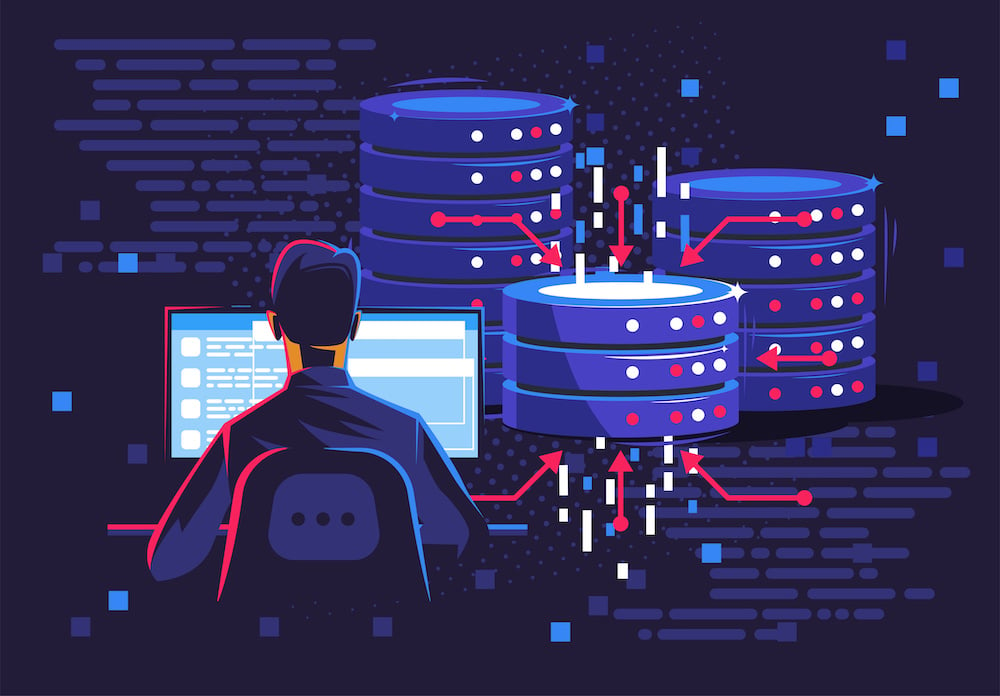Five Reasons to Conduct a Storage Assessment Today While IBM may be dominant when it comes to all things mainframe, EMC has been steadily expanding its share of the mainframe storage business. EMC’s launch of new disk-based library systems for mainframe environments that are based on the company’s VMAX, VNX, or Data Domain storage platforms […]

Five Reasons to Conduct a Storage Assessment Today

While IBM may be dominant when it comes to all things mainframe, EMC has been steadily expanding its share of the mainframe storage business.
EMC’s launch of new disk-based library systems for mainframe environments that are based on the company’s VMAX, VNX, or Data Domain storage platforms strengthens its role in the mainframe storage arena.
According Rob Emsley, senior director of product marketing for EMC Backup Recovery Systems division, the latest generation of EMC storage systems takes advantage of Intel processors to deliver backups at speeds that are four times faster than anything IBM currently offers. Speed is critical in mainframe environments, says Emsley, because of the sheer volume of data typically flowing through mainframe systems.
In general, organizations have taken advantage of new high-end mainframes to consolidate data centers. In some instances, they also take advantage of special options that enable consolidation, for example, Linux workloads on a mainframe. Both scenarios wind up putting more pressure on the backup systems attached to those mainframes.
The new EMC DLm 2100 and 8100 series systems, which were unveiled at the SHARE mainframe user conference, take advantage of 8Gb/s FICON adapters to support as much as 11.4 petabytes of total capacity. As in distributed environments, Emsley says mainframe environments are shifting away from tape backup systems to adopt disk-based systems that can recover data faster and more reliably. The new EMC systems make use of a virtual tape library to make those disk-based backup systems appear to the mainframe as a standard tape-based backup system.
While there’s no doubt that IBM will fiercely defend its mainframe turf, as the transition to disk-based backup systems for mainframes develops, it’s pretty clear that EMC sees an opportunity to challenge IBM in one of its core segments. It’s not yet apparent which company will ultimately win out, but in a world where EMC dominates backup and recovery of distributed systems, a lot of organizations will be likely to consider an alternative that allows them to standardize on one vendor across both classes of systems.
MV
Michael Vizard is a seasoned IT journalist, with nearly 30 years of experience writing and editing about enterprise IT issues. He is a contributor to publications including Programmableweb, IT Business Edge, CIOinsight and UBM Tech. He formerly was editorial director for Ziff-Davis Enterprise, where he launched the company’s custom content division, and has also served as editor in chief for CRN and InfoWorld. He also has held editorial positions at PC Week, Computerworld and Digital Review.









